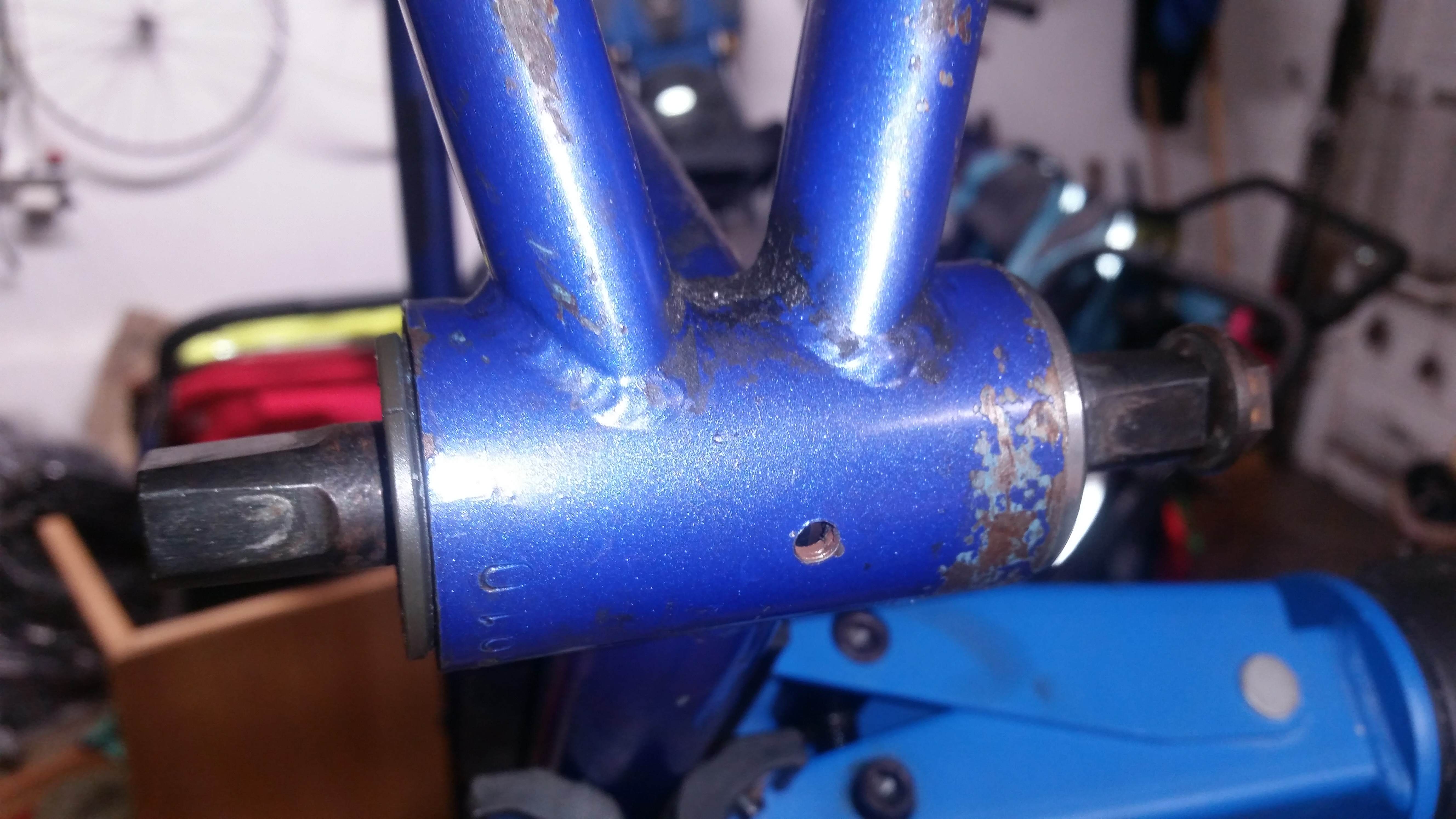I'm restoring a 1994 Mongoose Switchback (which I've had since college so I'm unreasonably attached to it). When I was removing the bottom bracket, a Shimano BB-UN 53, I cracked the plastic non-drive side shell, which is apparently super common. At my local bicycle co-op I picked up several cups that look like they would be the same, but they're not exactly the same - the cup depth that sets onto the cartridge body is shorter, and their overall depth is slightly greater.
When I thread them on, the bottom bracket seems very well secured, but there are still excess outboard threads from the left side cup. Aesthetics aside, is that mechanically acceptable? Or alternatively, is there a type of cup that I can use that won't have this problem, or is there a way of cutting the one (cutting a millimeter off the inboard side?) that I have so that there is no excess threading?
Obviously easy answer this question is "just buy a new bottom bracket dude, they are cheap", but I just want to see if there's a way of completing the rebuild with the things that I have (or without wasting this bottom bracket that is otherwise functional).
Original left hand side cup , would go completely flush if it were not broken and I could fully torque it:

Another plastic Shimano cup that sticks out when fully seated:

Metal cup same deal:

The three left cups I have in profile view:


